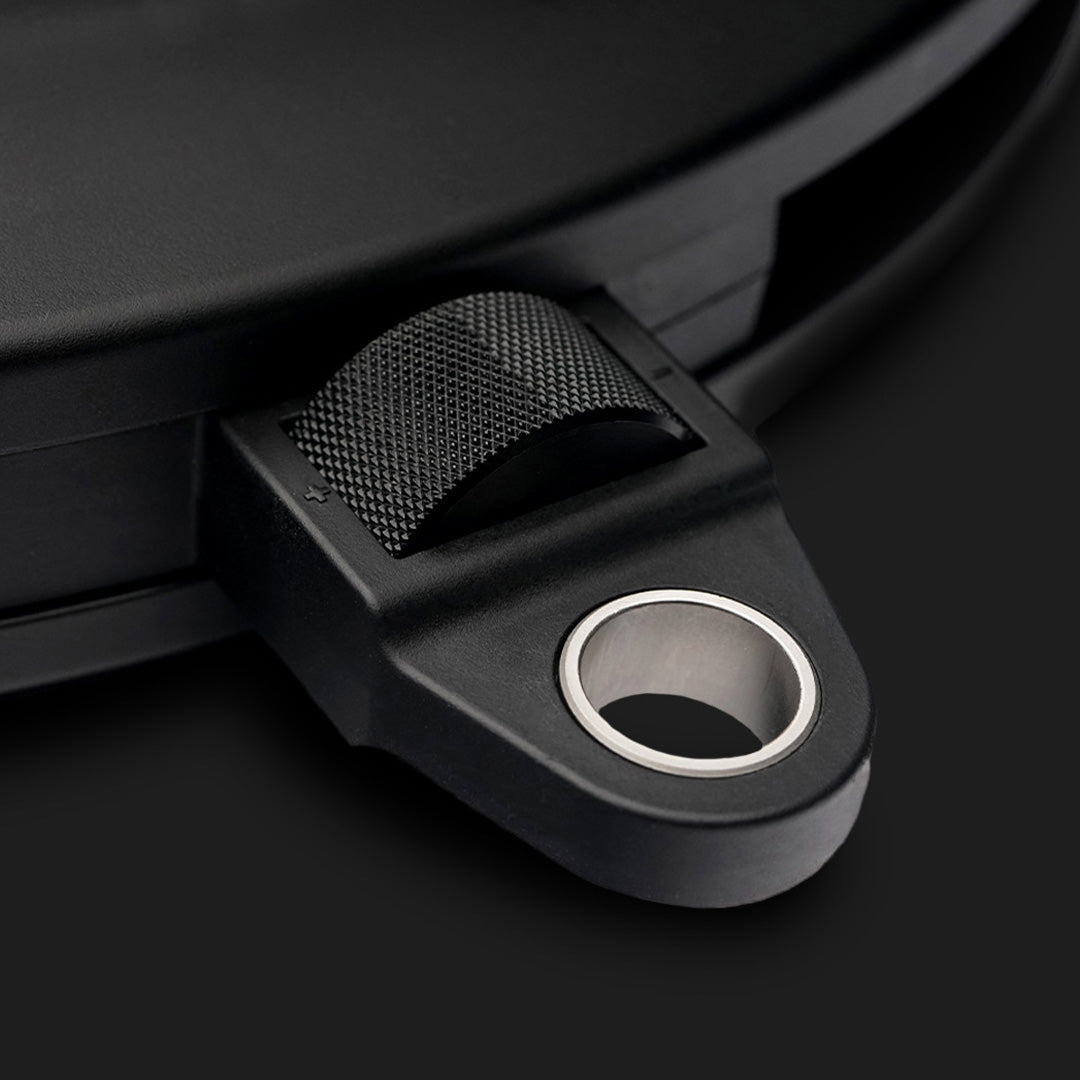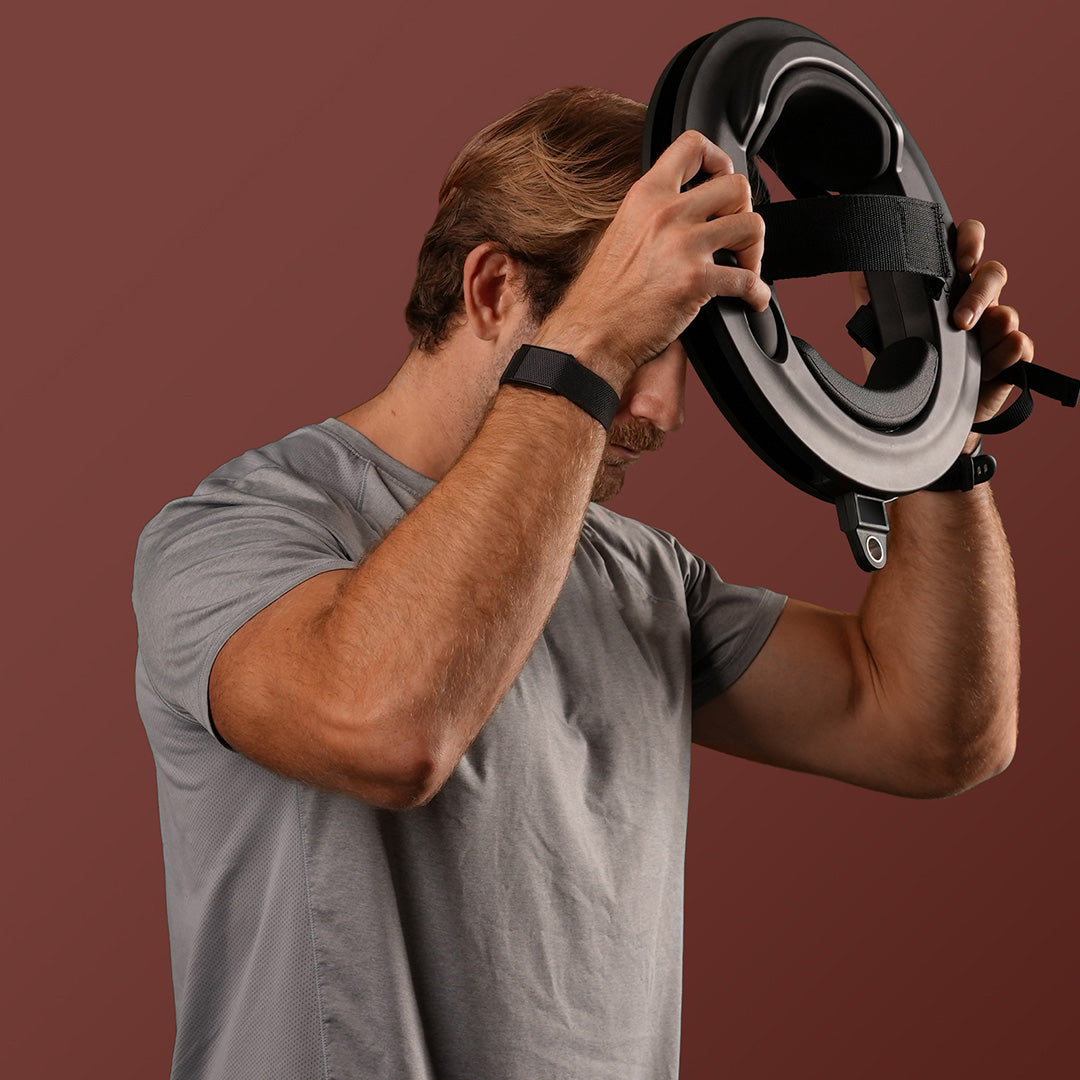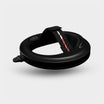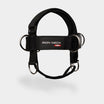Your brain is a complex, delicate organ that is highly susceptible to injury, and few things can radically diminish your quality of life like brain damage. But to combat this threat, it’s important to understand the various types of head and brain trauma that can occur, and to appreciate the different mechanisms that can inflict these varying forms of harm. One major factor is the direction of the injurious force, and research has shown that our brains are most susceptible to damaged caused by rotational rather than linear movement. So, what can you do to prevent brain injury due to rotational forces?
Let’s start by taking a look at two different kinds of rotational head injury – specifically diffuse axonal brain injury and shearing brain injury – then we’ll explain effective methods of preventing them.
What is a Rotational Head Injury?
While some injuries are caused by direct impact to the head, the more common rotational head injury is caused by accelerated rotational movement of the neck and head. This can cause whiplash or, in more extreme cases, a rotational concussion.
According to Dr. Robert Cantu, a leading expert on brain trauma, “The most injurious acceleration a brain can get is a rotational one, where the head is spun violently.” When asked whether helmets provide a reliable solution to this danger, Dr. Cantu explained, “Helmets don’t do very much at all about attenuating those forces. I’m totally in favor of better helmets, but unfortunately I don’t believe that helmets are the solution in terms of concussion.”
So at this point we know that rotational movement poses the biggest risk to the brain, and that helmets and other padding equipment do little to mitigate the danger. What other options are there?
We’ll get to that in a moment, but first let’s specify two of the most common forms of rotational head and brain injury.
What is a Diffuse Axonal Brain Injury?
A diffuse axonal brain injury (DAI) is a specific type of rotational head injury and traumatic brain injury. It occurs when your stationary brain cannot keep up with the motion of your skull, thus damaging brain structures. Usually, a diffuse axonal brain injury is seen as a result of a car accident, sports incident, or Shaken Baby Syndrome.
This type of axonal brain injury can cause tears in brain tissue at the cellular level, which in turn releases chemicals that can lead to further damage. Tears are caused by the rotational forces, not the direct impact of a hit. These disrupt the brain’s normal communicational and chemical functions.
Symptoms of a diffuse axonal brain injury include disorientation, headaches, nausea/vomiting, loss of balance, and/or irregular sleeping patterns. More severe cases produce more serious damage, such as permanent or temporary brain injury, coma, or death.
What Is a Shearing Brain Injury?
A shearing brain injury occurs when the head and brain are hit by rotational forces in the opposite direction of the body’s motion. These unaligned forces are also called “shearing forces.”
The tears, actually also called shears, that result from shearing forces can rupture axons, which are the parts of nerve cells responsible for conducting electrical impulses throughout the body. Damage to these nerve fibers can disrupt your senses, such as touch and temperature sensing, and motor skills.
Ruptures due to a shearing brain injury can also damage blood vessels in your brain and cause hemorrhaging. These blood vessels are essential for delivering oxygen to the brain so that disruption can cause dizziness and improper balance.
How Can Rotational Neck Training Help with Shearing Injuries and Diffuse Axonal Brain Injury?
Many of us have lifestyles that require us to maintain a straight neck during work, school, or extended periods of driving. As a result, your muscles may not be well acquainted enough with opposing ranges of motion.
Rotational neck training helps your body and brain understand which muscles should flex and contract for the most efficient and safe range of motion. It also builds up neck muscle strength, which can help offset and diffuse the destructive energy generated by rotational force.
A rotational neck training regimen that focuses primarily on turning the body and neck in different directions can significantly strengthen your muscles against shearing forces and DAI. Achieving such a workout effectively, however, can be difficult to impossible without the right equipment.
What Is a Shearing Brain Injury?
A neck stretching machine with a head harness like the Iron Neck will help keep your head stationary while you turn your body and vice versa. This will get your muscles accustomed to various ranges, speeds, and methods of rotational motion.
The Iron Neck also allows you to train your neck along its forward (flexion) and backward (extension) axes, as well as side-to-side (laterally). These motions along with the rotational exercise will provide you with the 360-degree neck workout you need for superior strength, mobility, and safety.











